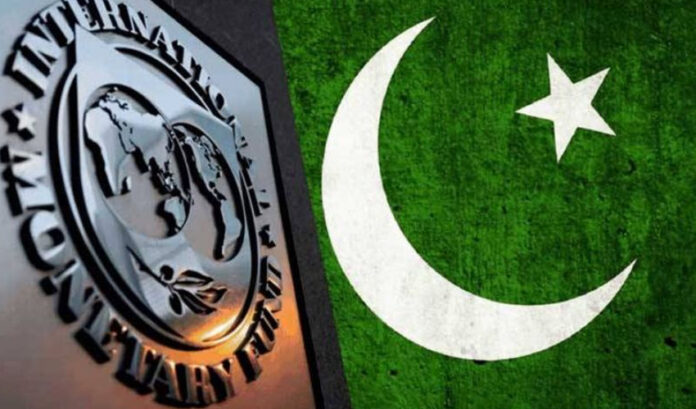Islamabad, May 16: Amid rising inflation, growing unemployment, lack of money, and growing social instability, Pakistan’s total debt and liabilities has soared to an all-time high of PKR 81 trillion ($291 billion USD), according to the latest calculations by the State Bank of Pakistan, as it seeks new sources of financing to meet its growing debt servicing needs.
This figure essentially is equal to over three-fourths of the cash-strapped nation’s economy, and is approximately 15% of their total GDP.
In worse news, Islamabad’s debt and liabilities have increased at a rate of 12%, averaging Rs31 billion ($11. 13 million) per day over the past year.
However, there has also been some minor relief for the Pakistan economy as its debt accumulation has relatively slowed down due to a stable exchange rate and the absence of major foreign funding, despite the IMF loan.
Data compiled by SBP shows a high surge in Pakistan’s total debt and liabilities, which rose up to Rs8.4 trillion by the end of March compared to the previous year. Consequently, the country’s debt and liabilities reached a record Rs.81 trillion, with Rs 4.4 trillion attributed to liabilities.
Pakistan’s external debt and liabilities climbed to a massive $130.4 billion by the end of March, showing an increase of $3 billion in the last year, with the country’s debt from the IMF reaching Rs2.2 trillion by the end of March, according to the SBP analysis. The IMF is currently assessing Pakistan’s conditions before deciding on a new bailout package.
The FY-1 so far has been a stable enough one for Pakistan, as the value of the rupee stabilised and even showed some minor improvement, dropping from an all time high of PKR 300 – 1 USD back in 2023 to PRK 278. This stability has helped mitigate the increase in external debt, combined with low credit ratings that hindered foreign commercial banks from extending new loans to Pakistan. While the stability of the rupee against the US dollar helped stabilise the external debt to Rs. 33 trillion, Pakistan’s Central Bank had to purchase around $6 billion from the open market to stabilise its meager reserves, keeping the external debt around $130 billion during this fiscal year.
While Pakistan has momentarily saved itself from economic default, the new IMF programme and its reducing international credibility along with its high rate of liabilities and debt could spell a total collapse in the coming years, as the SBP, CBP, and the federal government work out ways to avoid a crash.








